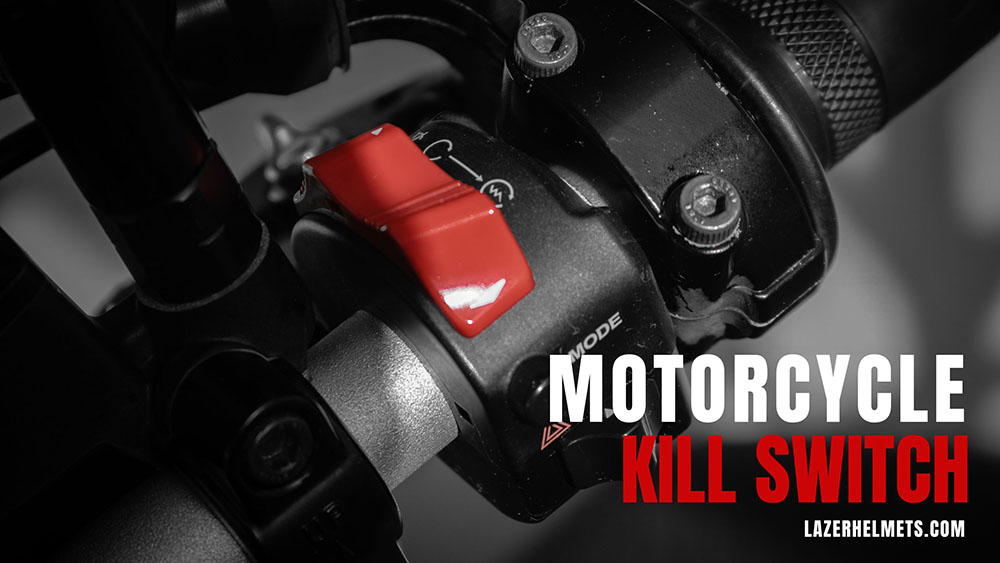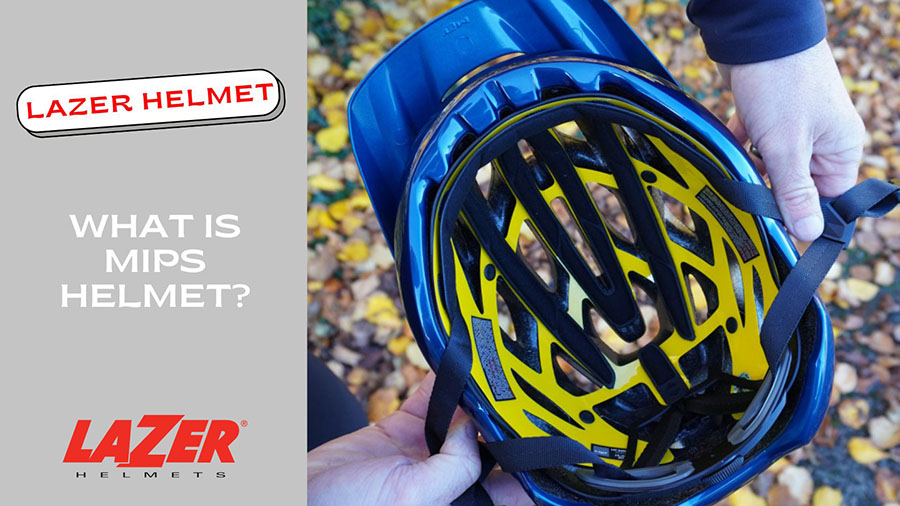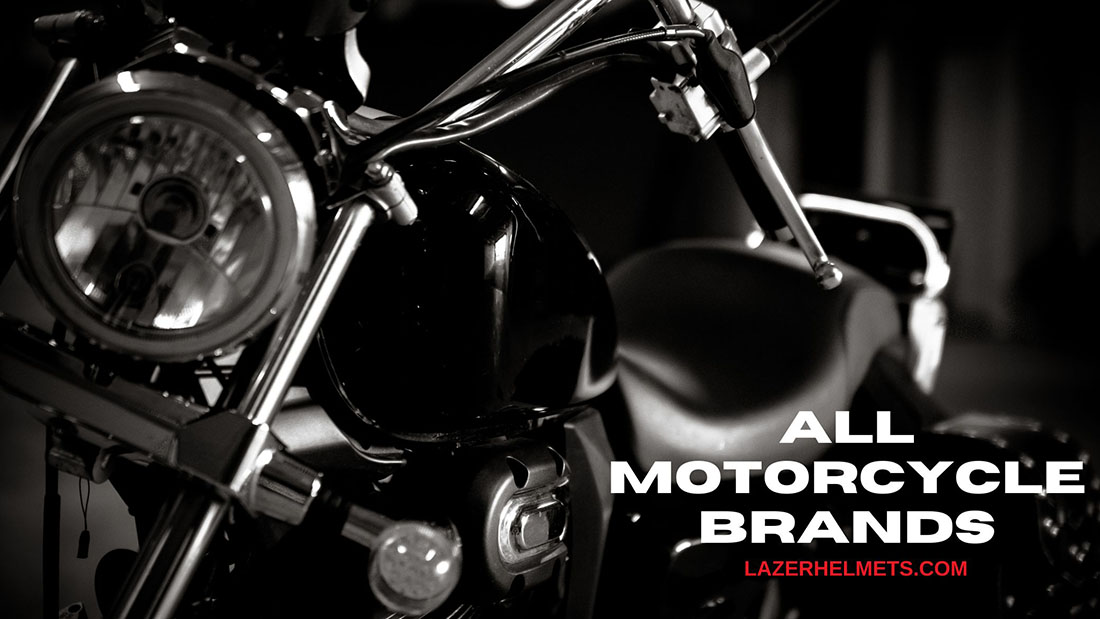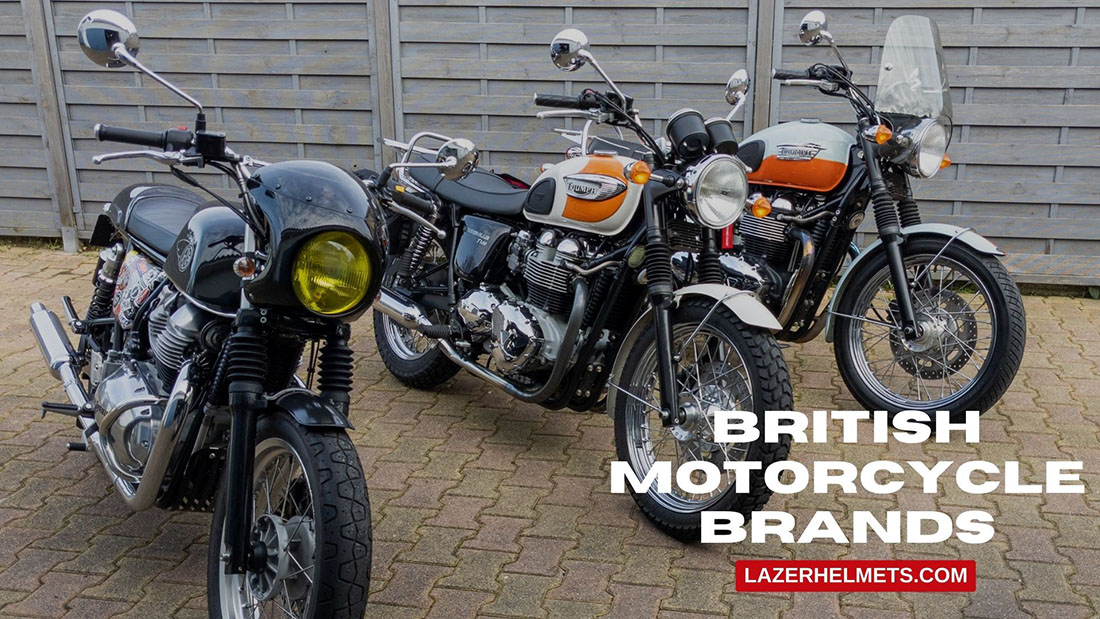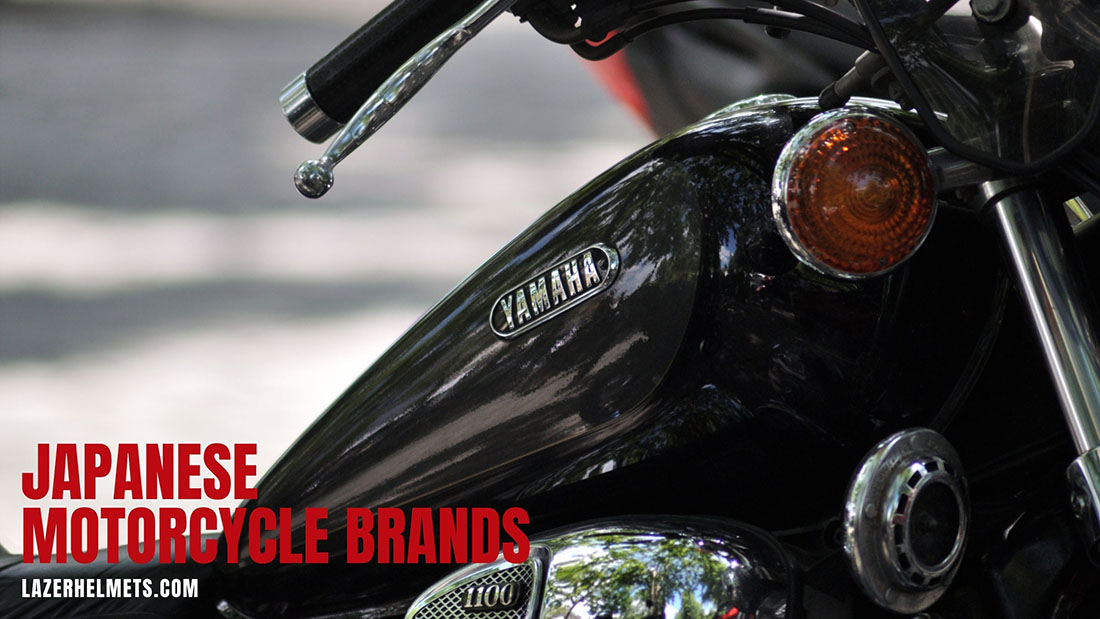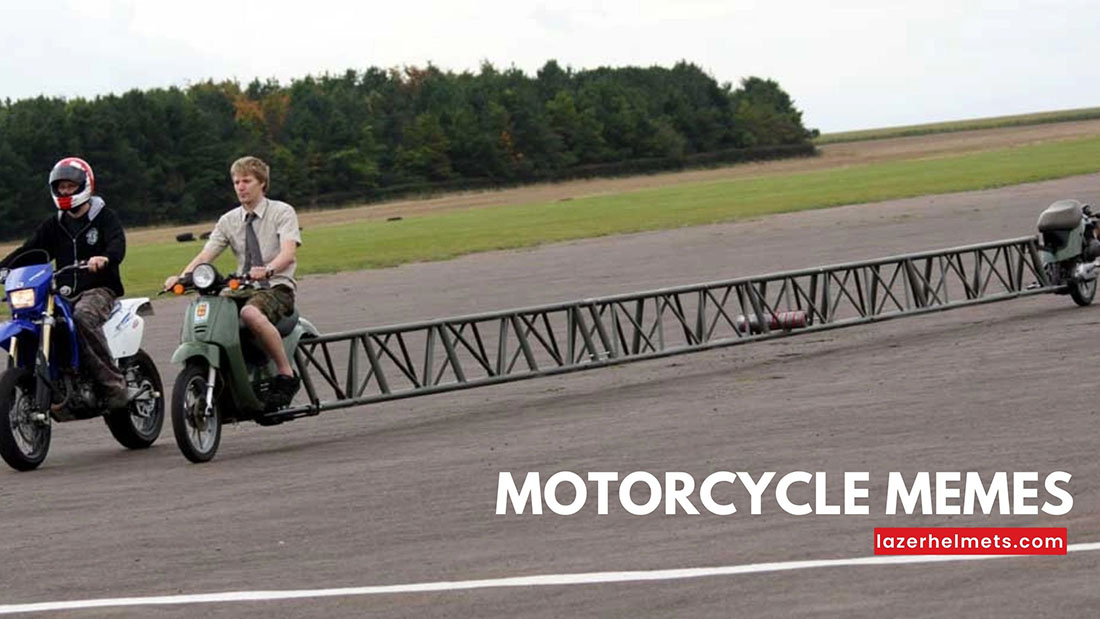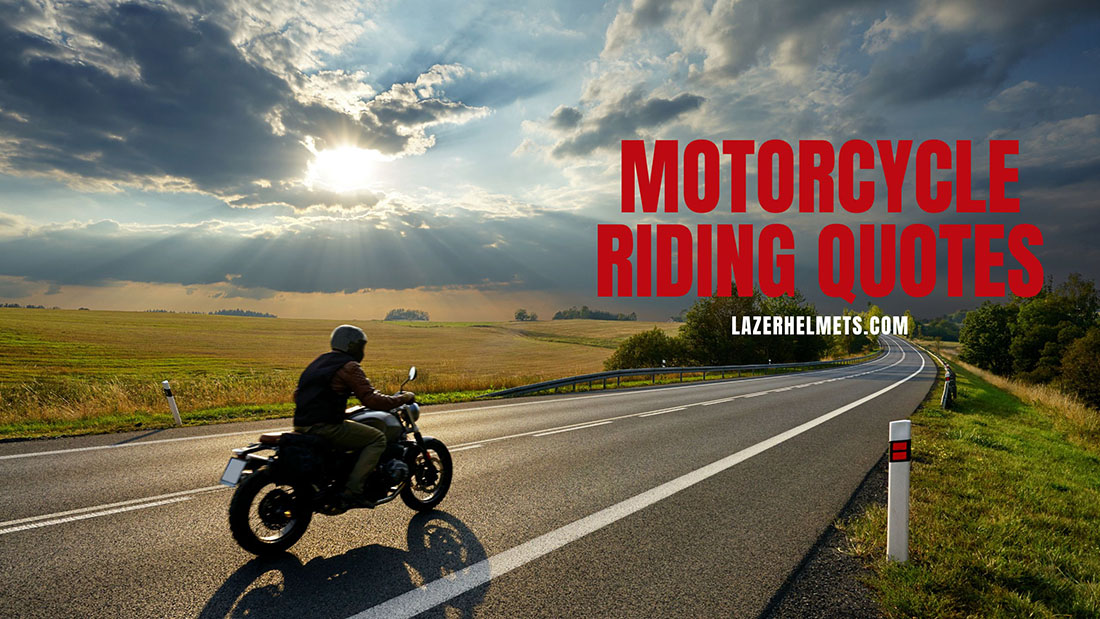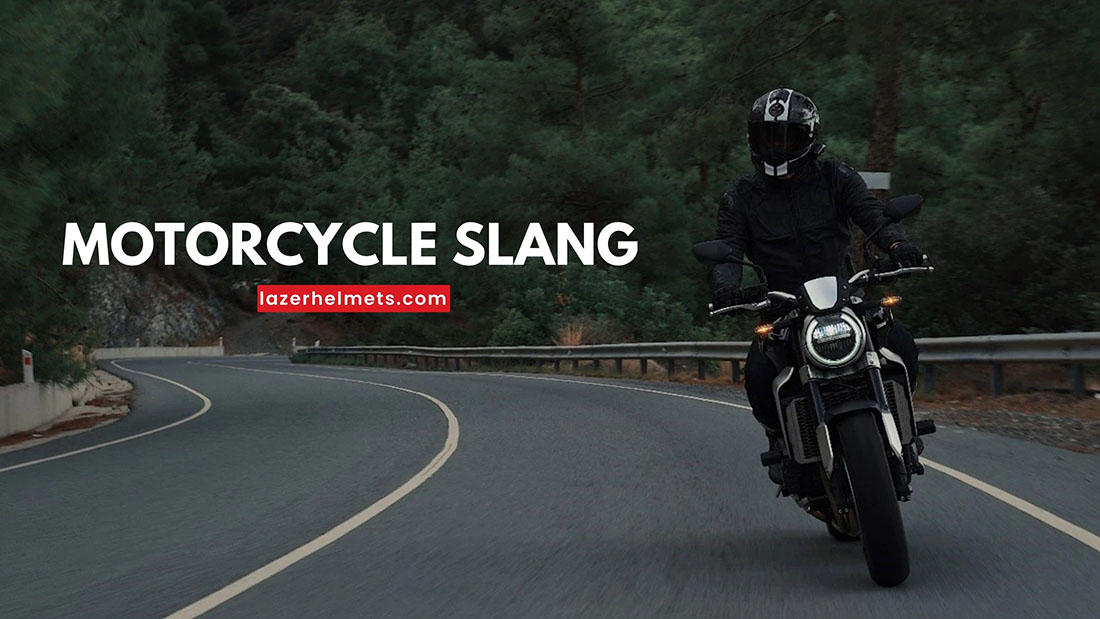Shutting off the engine with a key has been the norm for every motorcycle. But what if – due to emergency reasons or others – you cannot reach the key when it is needed the most? In that case, the kill switch on motorcycles/bikes can become your lifesaver.
Confusion regarding its usage and precaution still spreads around, though, which prompts my team to craft these guidelines to walk you through all the most critical aspects of this device.
Table of Contents
What Is A Kill Switch On A Motorcycle?
A motorcycle kill switch is a safety switch allowing riders to turn off the ignition and stop the engine in emergencies without using the key. It’s installed on the bike’s right handlebar, coated in red paintings, so riders can reach it easily using their thumb.
- When the switch is pressed upward: The position is “ON,” meaning your engine has been shut off and the bike won’t start.
- When the switch is pressed downward: The position is “OFF,” which should activate the motorcycle.
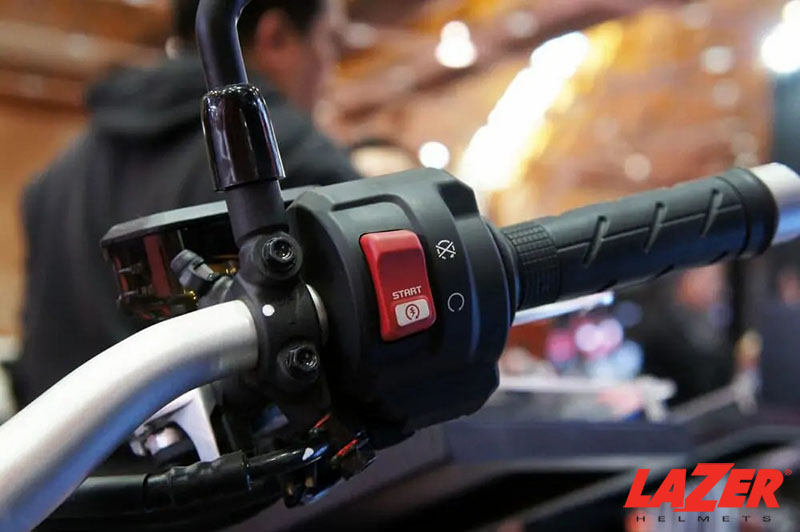
One important reminder: the engine won’t stop RIGHT after the switch is on. Instead, it will get slower before grinding to a complete halt. And that is to be expected: since the engine has already been running for a while, transferring it from full operation to full stop definitely takes some time.
Beginners should also learn the difference between a kill switch and an ignition switch. The latter turns off the power of your entire motorbike when switched to “OFF.” Meanwhile, your kill switch is only associated with the engine.
Still feel confused? Then let’s perform a quick experiment: turn on the motorbike headlights (or other indicators), then activate your kill switch by pressing it upward. It is not difficult to realize the headlights still stay activated. Only your engine stops.
How Does Engine Cut Off Switch Motorcycle Work?
Once the switch is turned ON, the CDI power to the spark plugs will be cut off. As no more electricity flows to the plugs, the engine’s fuel mixture cannot be ignited. Hence, the engine will stop working almost instantly.
For your information, the CDI (short for capacitor discharge ignitions) takes charge of powering the bike’s spark plugs via high-volt electricity. Your kill switch is directly connected to this CDI unit.
Purpose of A Kill Switch for Dirt Bikes and Motorbikes?
When the throttle gets stuck on the brink of a sharp curve or turn, the kill switch can help you restart the engine quickly without compromising your road safety. In unwanted scenarios, finding the switch is more convenient and quicker than using keys.
1. The Throttle Is Stuck In A Wide Open Position
Suppose (or recall if it already happened in the past) you are traveling down highways at 70 MPH, and the warning signs ahead inform you of a nearby sharp turn.
You roll the throttle to prepare yourself, only to discover the RPM refuses to drop and keeps moving the bike forward at high rates. That’s right; the throttles are stuck.
There are two choices to make:
- Press the back brakes lightly to slow down the bike. Since there is an upcoming sharp curve, this option will fail to help you scrub the right speed amount.
- Shut the motorbike. Another two are presented:
- a. turn off the ignition by taking your hands off the handlebar, putting yourself at accident risk, and
- b. use your kill switch.
To this end, all sane motorcycle riders know what they should do.
2. Amidst A Wreck
Let’s say you and your bike end up in a huge wreck mess, which gives your arms little room for movement. Under such circumstances, letting the bike run on and on makes no sense at all.
Using the bike’s kill switch to shut the engine off is clearly a better and much safer move. That way, there is no need to move your fingers off the handlebar.
3. Receiving Stranger Help Amidst A Wreck
Keep the previous example in mind – and imagine a stranger nearby arriving to help you recover/ turn off the motorbike this time. Since they are not familiar with your bike, chances are they know exactly how to turn the engine off will be pretty unlikely.
Meanwhile, telling them to find the bike’s kill switch is much more straightforward; after all, the red button on the handlebar is hard to miss. The kind strangers will spot the switch in a blink and easily help you cut off the engine.
Does Using The Kill Switch Camp Damage Your Motorcycle?
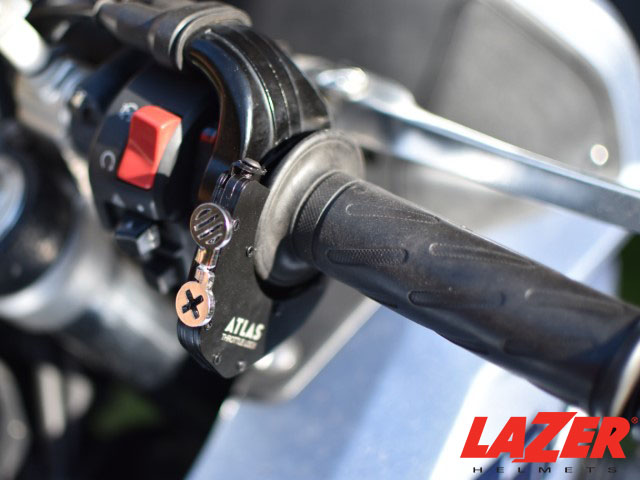
No, it doesn’t. This crisis switch only manages the engine power supply and hence, poses no immediate danger to the rest of the modern bike.
A common assumption is that kill switches melt the bike’s ignition wires, confuse the ECUs, and harm the engine tank; none of that turns out to be the truth, all debunked by professional riders.
Long story short, you can use the switch as many times as you want. Still, beginners tend to forget to turn off the ignition key after that (since the engine has already been turned off), resulting in battery drainage. To stay safe, it would be best only to use the switch during emergencies.
Using Emergency Kill Switch vs. Using Key to Shut Off The Engine
Overall, key switches are still the better choice of the two: its engagement ensures all your mechanical/electrical components are properly and orderly turned off within specific timing (designed by the manufacturers) and, as such, keep all damage at bay.
Bike kill switches, on the other hand, only shut down your spark plug wires, ignition coils, and CDIs. Some other electrical devices (beepers, fuel pumps, or lights) might remain activated; thus, it cannot guarantee 100% damage prevention.
Nevertheless, as already explained, there is no reason to avoid engine cutoff switches altogether. They are extremely helpful in emergencies and do not put your bike in any serious or irreplaceable defects.
What Happens When You Hit Your Emergency Off Switch When Riding?
Accidentally pressing the kill switch upward amidst riding will not immediately stop the motorbike. The ignition circuit is killed, draining the sparks of the combustion chambers; the engine stops producing power and keeps moving but will gradually slow down.
Hence, you don’t have to worry about your body flying above the handlebars as the bike halts unexpectedly.
When Should You NOT Use The Engine Stop Switch/ Kill Switch?
Although I just said accidentally hitting the emergency switch while driving does not result in immediate stops, you should still be alerted. Some modern motorcycle models have the switch connected to their steering locks, meaning an accidental flick may send you straight into serious accidents.
Also, remember that the switch is not a feature you should use “for fun.” Do not turn it off/on again and again, as that may lock up the system and keep you from proper acceleration.
Conclusion
A motorcycle kill switch can be your best friend during emergencies and is unlikely to cause any severe motorbike damage. Nevertheless, tread with caution when engaging this safety feature; only turn to it if other engine-shutting methods are impossible or out of your reach.

